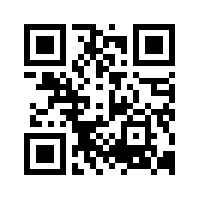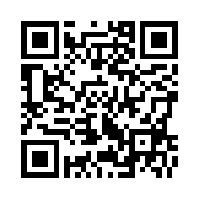We interrupt your regularly scheduled program for a word from our sponsor...
Storytelling Master Classes*
Ready to move to the next level in your storytelling? In this series of three classes, experienced storytellers will consider aspects of storytelling from the theoretical to the practical. We’ll work on presence, pacing, body language, voices, crafting of language, rhythm, the deeper meaning of the stories we tell and more.
These classes are hands-on, so bring a story to work on, please.
February 18, 2012
9:30-3:30
Beyond plot: discovering the backstory
One of the keys to strong telling lies in knowing the backstory, the unspoken history of characters and setting, as well as knowing our underlying motivations. We’ll also discuss—and practice—unusual ways to work on our stories.
March 24, 2012
9:30-3:30
Making it real: characterization, voice, rhythm and tone
Telling a story is so much more than just the words you say. We’ll push beyond the language, using various exercises to breathe new life into our stories.
April 21, 2012
9:30-3:30
Pulling it all together: telling your very best
Drawing on what we’ve done so far, we’ll add presentation skills to the mix. You must have attended at least one of the earlier sessions to come to this one.
Who: Participants must have at least 3 years of storytelling experience.
Where: Priscilla's Yellow
House (e-mail for directions) in Kansas City, KS
This is in the Strawberry Hill neighborhood, so be warned—there are 12 steps up to the house. Also, Priscilla has a cat. If you’re allergic, act accordingly. In nice weather, the cat is usually outside.
How much: $85 for each session, $210 for all three.
A simple lunch of homemade soup will be provided, or participants may go out to eat. Drinks and snacks will be provided.
This class is limited to a maximum of ten participants, minimum of six.
Email Priscilla for more info and to register.
*It's called a Master Class merely to indicate that it is for experienced storytellers. Classes for beginners and classes on using puppets will be forthcoming.
~
By the way, did you notice the newsletter signup in the sidebar on the right? I haven't yet written one, but it's on its way, my friends, on its way.











